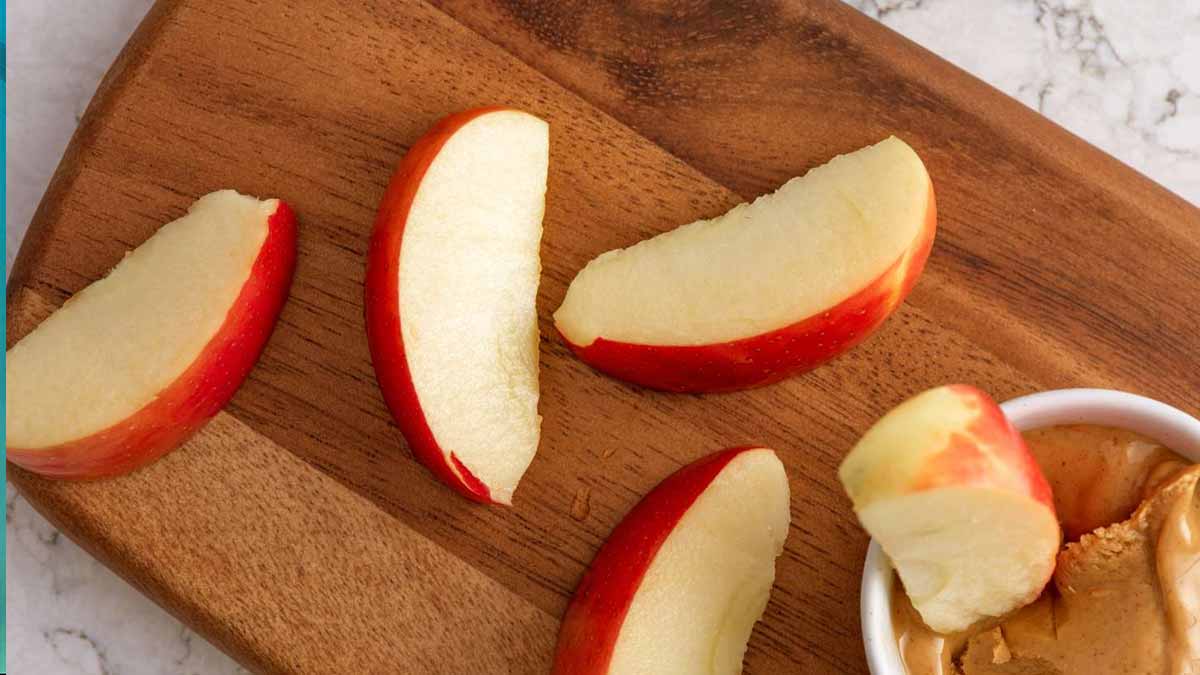Crunch is the first clue that you picked well. Yet flavor, peel, and ripeness matter just as much. Growers know which fruit shines straight from the hand, and their advice saves time at the bin. They point to texture you can hear, juice that bursts, and balance that lingers. Here is what farmers say about the best apples for everyday snacking, with simple tests, seasonal timing, and a reliable shortlist to keep your bag worth every bite.
Why Crunch Matters More Than Sweetness
Great hand fruit starts with structure. Thin, delicate peel lets your teeth slide in, not fight. Tight, juicy cells pop, so each bite feels clean and bright. When apples grow soft, sweetness alone cannot rescue the experience. A crisp bite sets the stage, then aroma, acidity, and lingering juice complete the moment.
Thick, waxy, or fibrous skins tire the jaw and dull flavor. They can taste bitter and overshadow honeyed notes. High cell density, like in classic Granny Smith, creates a sharper snap. Softer types such as McIntosh compress quickly, so the bite fades faster and the texture feels less thrilling after a few chews.
Ripeness lifts everything. Fruit picked at peak feels firm yet heavy for its size, smells fresh, and shows vibrant color. Growers prize tree-ripened fruit because sugars and acids finish on the branch. That timing protects crunch, supports balance, and keeps juice locked in the cells until your first satisfying bite.
Farmers’ Shortlist of apples You’ll Love
Breeding programs from universities release new cultivars often, and growers test them in the field. A retailer-facing grower highlights Pink Lady (Cripps Pink) for a bright sweet-tart bite and unusual resistance to browning when sliced. Fuji earns praise for firm texture and pronounced sweetness that stays lively even after a long week.
Another orchardist says flavor shifts with weather each season, so favorites change. He points to Golden Russet for nuanced, old-world complexity, plus Snapdragon and Evercrisp for modern crunch. For small hands and backpacks, Pixie Crunch—related to Honeycrisp—fits perfectly. These apples pack satisfying snap without forcing oversized portions at school or on the go.
From a New Jersey farm stand, the message is simple: ripeness rules. Honeycrisp delivers that big, clean crunch with balanced sweetness and tartness. Zestar opens the season early with lively acidity. Crimson Crisp offers reliable texture and color. Pink Lady returns late, bringing rosy skins and consistent slices for boards and lunch prep.
Ripeness Beats Storage Tricks Every Time
Much supermarket fruit is picked early, then held in controlled-atmosphere rooms. Oxygen drops and carbon dioxide rises, while temperatures stay low to pause ripening. This slows softening and color change. The trade-off: some bins may hold fruit harvested nine months to a year earlier, so texture and flavor can drift from orchard-fresh.
For peak eating, time your buys with the season. Late summer through late fall brings the brightest textures and aromas, ideally straight from orchards or farmers markets. Tree-ripened fruit finishes its sugars on the branch, so the bite feels fuller, the aromatics bloom, and the balance between sweetness and acidity lands just right.
Use quick checks at the bin. Choose firm fruit that feels heavy for size, smells subtly sweet, and shows vivid color. Skip pieces with bruises or soft spots. Never accept mush. When you buy apples this way, you protect crunch, keep juice inside the cells, and take home fruit that actually tastes alive.
How apples Create That Loud, Satisfying Snap
That shattering bite starts inside the flesh. Water pressure pushes out on millions of tiny cells, keeping them taut. When your teeth break those walls, the pressure releases with a pop. The effect feels like breaking tiny water balloons, and the burst spreads juice quickly across your tongue for instant refreshment.
Dense cell packing raises the threshold for breakage, so snap gets louder. Granny Smith shows that well. In contrast, McIntosh cells deform more, so the bite turns soft. Peel matters too. Thin skins speed the bite and let aromas escape. Thick, waxy skins resist and can add a bitter, chewy overlay.
Protect that structure after buying. Keep fruit cold to slow moisture loss, handle gently to avoid cell damage, and dry the skins before packing to limit scuffs. Then eat within a reasonable window. With care, apples retain pop, release more aroma on the first bite, and deliver the clean, refreshing finish you want.
Smarter Snacking: Size, Slicing, and Easy Treat Ideas
A quick salty water bath slows browning on sliced fruit for lunch boxes and boards. One grower notes that Pink Lady resists discoloration especially well, so you can slice ahead without worry. Pat slices dry before packing with cheese or nuts, and you keep edges bright and the bite clean through the afternoon.
Think about size when you plan. For pockets, purses, or school days, Pixie Crunch is a smart fit. It offers generous snap in a small package, so you waste less and finish faster. For shareable moments, larger apples work well, especially when pairing wedges with sharp cheddar or a spoon of yogurt.
For a quick treat, try low-lift caramel apple nachos. Fan thin slices, drizzle warm caramel, scatter nuts, then serve. If peel thickness bothers you, slice varieties with chewier skins, like Granny Smith, before eating. That simple step gives you full tart snap and saves your jaw from extra work.
How to shop and snack for crisp fruit every time
Choose from grower-backed standouts, then time your purchases with the season for brighter texture. Use simple checks—firm feel, heavy weight, clean aroma—to pick winners fast. Keep fruit cold, handle it gently, and slice when peels run thick. With these habits, apples turn everyday breaks into crisp, juicy moments that actually satisfy.
